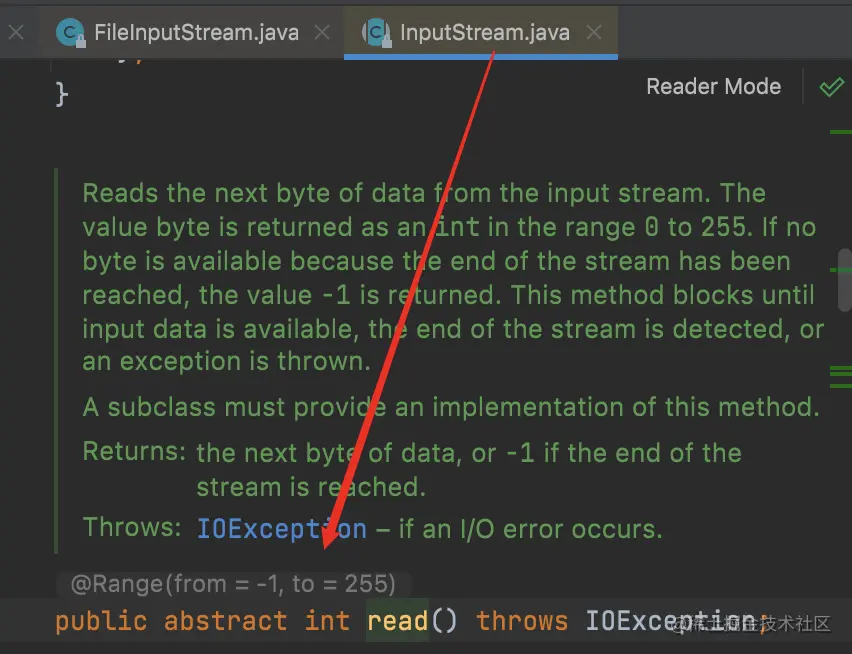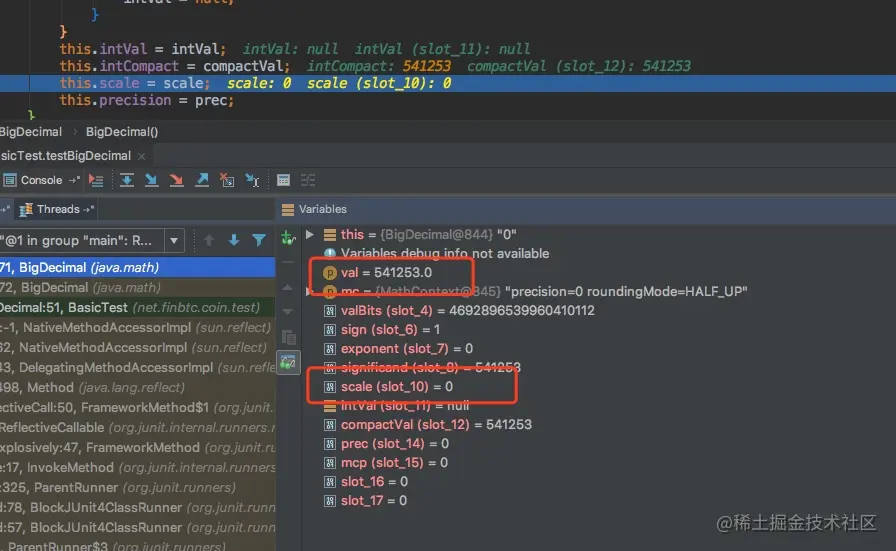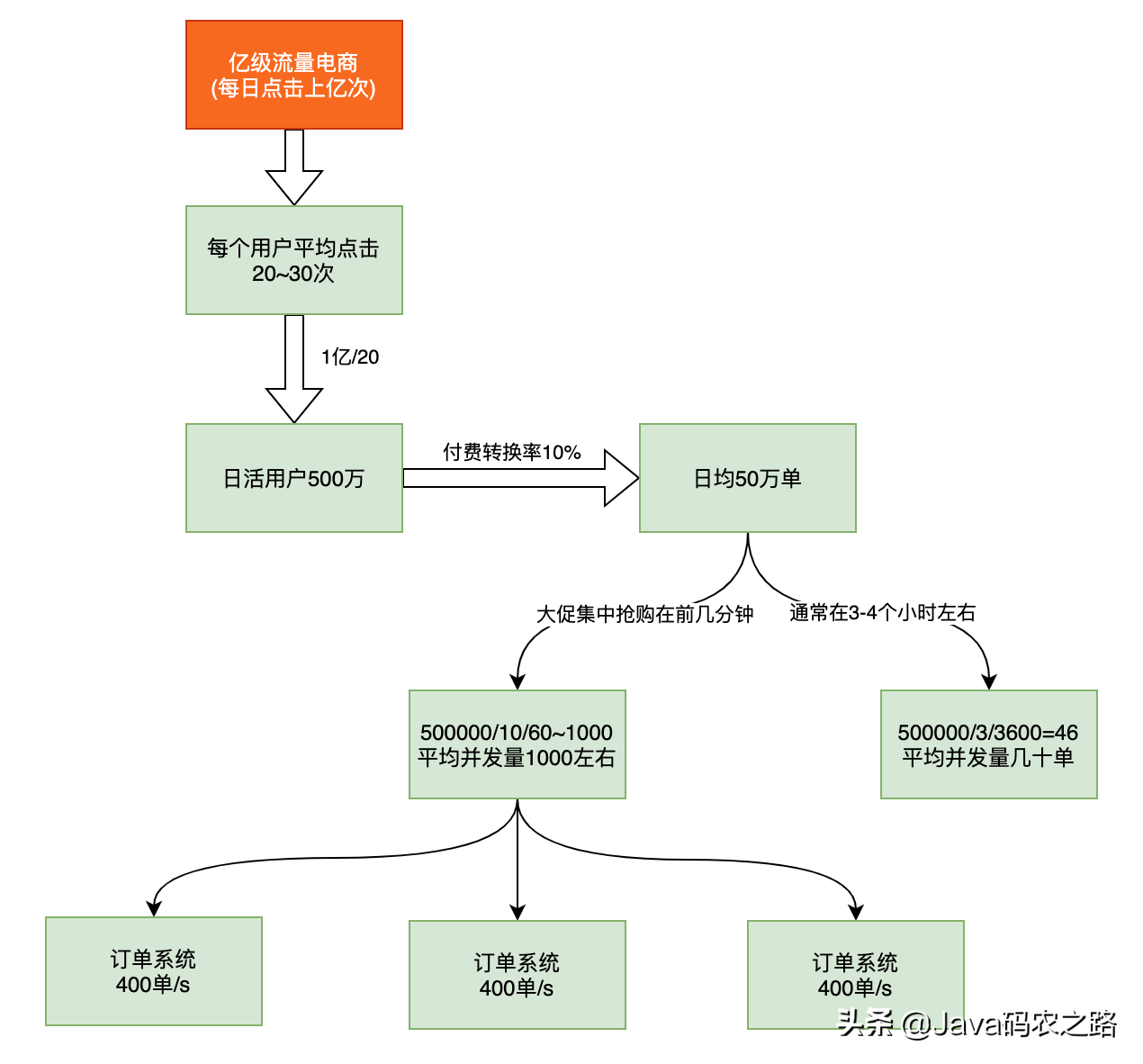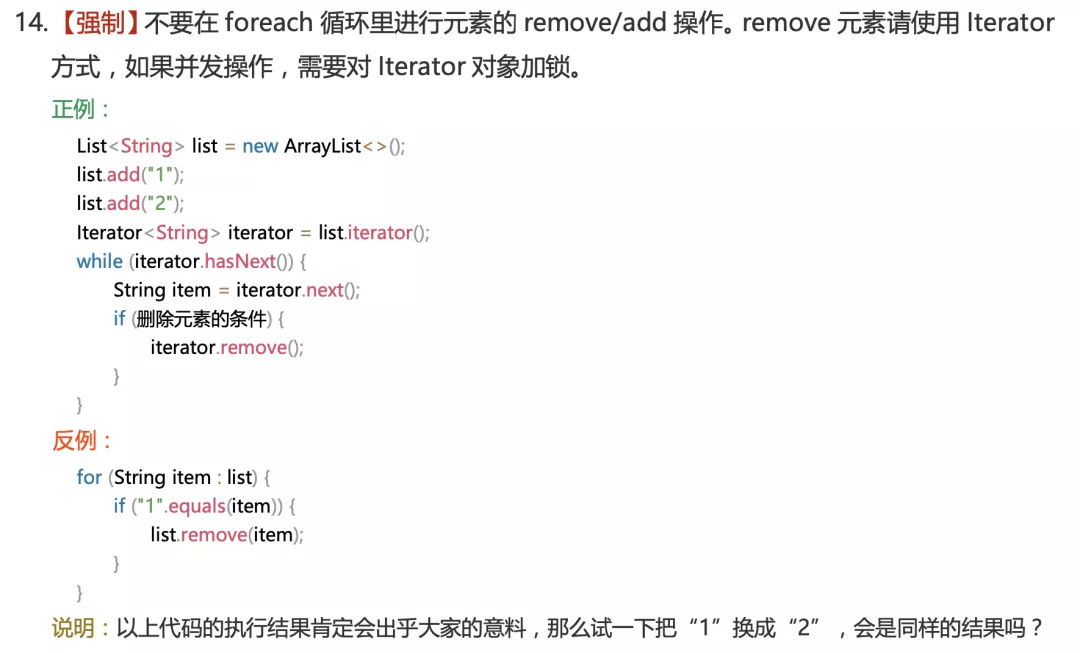Java BiFunction 接口实例
1. 简介
JAVA8 引入了函数式编程,可以把函数作为参数传入实现通用方法。熟知的 Java 8 单个参数函数式接口比如 Function、Predicate 和 Consumer。
这篇教程会介绍如何使用支持两个参数的函数式接口。这样的函数被称为二元函数,在 Java 中使用 BiFunction 函数式接口。
2. 单个参数函数
让我们快速回顾一下如何使用单个参数函数或者一元函数,就像在Stream教程中实现的示例:
List<String> mApped = Stream.of("hello", "world") .map(word -> word + "!") .collect(Collectors.toList()); assertThat(mapped).containsExactly("hello!", "world!");
上面的单元测试中,map 方法接受1个 Function 类型作为参数,对给定的的输入操作后返回结果。
3. 双参操作
Java Stream 库提供了 reduce 函数,可以组合 Stream 中的元素。在这里定义已接收的数据如何与下一个操作转换。
reduce 接受 BinaryOperator<T> 类型作为参数,支持输入两个类型相同的对象。
假设要求把 Stream 中的数据通过破折号连接起来,下面是几种实现方案。
3.1. 使用 Lambda 表达式
用 Lambda 实现 BiFunction,前面是由括号包围的两个参数:
String result = Stream.of("hello", "world")
.reduce("", (a, b) -> b + "-" + a);
assertThat(result).isEqualTo("world-hello-");
上面的示例中,a、b 两个值是字符串类型。Lambda 实现把两个参数按照要求组合,b 在前,a 在后,中间是破折号。
可以看到 reduce 的第一个参数是空字符串,Stream 中的第一个值会与空字符串连接。
另外可以注意到,Java 类型推断在大多数情况下可以忽略参数类型。在 Lambda 上下文类型不明确的情况下,可以为参数加上类型:
String result = Stream.of("hello", "world")
.reduce("", (String a, String b) -> b + "-" + a);
3.2. 使用 Function
如果上面的算法要求不在结尾加上破折号该怎么处理?可以在 lambda 中编写更多代码,但这可能会让代码变得更杂乱。可以把它抽取成一个函数:
private String combineWithoutTrailingDash(String a, String b) {
if (a.isEmpty()) {
return b;
}
return b + "-" + a;
}
然后调用:
String result = Stream.of("hello", "world")
.reduce("", (a, b) -> combineWithoutTrailingDash(a, b));
assertThat(result).isEqualTo("world-hello");
像上面这样,lambda 会调用抽取出来的函数。不仅更易于阅读,而且可以扩充到更复杂的实现。
3.3. 使用方法引用
一些 IDE 会自动提示,把面的 lambda 转换为方法引用,这样读起来会更清晰。
重写上面的代码,改为方法引用:
String result = Stream.of("hello", "world")
.reduce("", this::combineWithoutTrailingDash);
assertThat(result).isEqualTo("world-hello");
方法引用通常让函数式代码自解释性变得更强。
4. 使用 BiFunction
到目前为止,我们介绍了如何对两个相同类型的参数使用函数。BiFunction 接口支持不同参数的类型 且返回值可以是第三种类型。
假设要求把两个长度相等的列表合并成一个结果列表,对每对输入值执行操作计算结果:
List<String> list1 = Arrays.asList("a", "b", "c");
List<Integer> list2 = Arrays.asList(1, 2, 3);
List<String> result = new ArrayList<>();
for (int i=0; i < list1.size(); i++) {
result.add(list1.get(i) + list2.get(i));
}
assertThat(result).containsExactly("a1", "b2", "c3");
4.1. 为 Function 增加范型
可以使用 BiFunction 为方法增加范型 combiner:
private static <T, U, R> List<R> listCombiner(
List<T> list1, List<U> list2, BiFunction<T, U, R> combiner) {
List<R> result = new ArrayList<>();
for (int i = 0; i < list1.size(); i++) {
result.add(combiner.apply(list1.get(i), list2.get(i)));
}
return result;
}
上面的代码包含了三种参数类型:第一个列表中的元素类型为 T,第二个列表中的元素类型为 U,组合函数调用后的元素类型为 R。
调用 BiFunction 的 apply 方法 得到结果。
4.2. 调用范型函数
combiner 的类型是 BiFunction,设计的算法可以处理不同类型的输入和输出。让我们试一下:
List<String> list1 = Arrays.asList("a", "b", "c");
List<Integer> list2 = Arrays.asList(1, 2, 3);
List<String> result = listCombiner(list1, list2, (a, b) -> a + b);
assertThat(result).containsExactly("a1", "b2", "c3");
也可以用来处理完全不同类型的输入和输出。
让我们加入一个算法,判断列表1中的值是否大于列表2,并生成一个 boolean 结果:
List<Double> list1 = Arrays.asList(1.0d, 2.1d, 3.3d); List<Float> list2 = Arrays.asList(0.1f, 0.2f, 4f); List<Boolean> result = listCombiner(list1, list2, (a, b) -> a > b); assertThat(result).containsExactly(true, true, false);
4.3. BiFunction 方法引用
用上面抽取的方法和方法引用重写上面的代码:
List<Double> list1 = Arrays.asList(1.0d, 2.1d, 3.3d);
List<Float> list2 = Arrays.asList(0.1f, 0.2f, 4f);
List<Boolean> result = listCombiner(list1, list2, this::firstIsGreaterThanSecond);
assertThat(result).containsExactly(true, true, false);
private boolean firstIsGreaterThanSecond(Double a, Float b) {
return a > b;
}
用方法引用加入算法 firstIsGreaterThanSecond 看起来代码更容易理解一些。
4.4. 使用 this 调用 BiFunction 方法引用
改变一下要求,用上面基于 BiFunction 算法确认两个列表是否相等:
List<Float> list1 = Arrays.asList(0.1f, 0.2f, 4f); List<Float> list2 = Arrays.asList(0.1f, 0.2f, 4f); List<Boolean> result = listCombiner(list1, list2, (a, b) -> a.equals(b)); assertThat(result).containsExactly(true, true, true);
实际上可以简化成下面这样:
List<Boolean> result = listCombiner(list1, list2, Float::equals);
这是因为 Float 中的 equals 与 BiFunction 函数签名相同,第一个隐式参数是 Float 类型,第二个参数是 Object 类型与第一个参数比值。
5. BiFunctions 组合
如果通过方法引用实现数值比较该怎么实现?
如果使用方法引用实现数值列表比较示例会是怎样?
List<Double> list1 = Arrays.asList(1.0d, 2.1d, 3.3d); List<Double> list2 = Arrays.asList(0.1d, 0.2d, 4d); List<Integer> result = listCombiner(list1, list2, Double::compareTo); assertThat(result).containsExactly(1, 1, -1);
这个例子与之前的很像,但是返回值类型为 Integer 而非原来的 Boolean。这是因为 Double 中的 compareTo 方法返回类型为 Integer。
这里可以使用 andThen 在原来的基础上增加额外的处理。这会生成 BiFunction,先对两个输入执行操作,然后接着执行另一个操作。
接下来,新建一个函数来把 Double::compareTo 方法引用强制转换为 BiFunction:
private static <T, U, R> BiFunction<T, U, R> asBiFunction(BiFunction<T, U, R> function) {
return function;
}
lambda 或者方法引用只在转换后才能变成 BiFunction。可以使用下面 helper 函数把 lambda 显示转换为 BiFunction 对象。
现在,使用 andThen 扩展现有函数的行为:
List<Double> list1 = Arrays.asList(1.0d, 2.1d, 3.3d); List<Double> list2 = Arrays.asList(0.1d, 0.2d, 4d); List<Boolean> result = listCombiner(list1, list2, asBiFunction(Double::compareTo).andThen(i -> i > 0)); assertThat(result).containsExactly(true, true, false);

6. 总结
本文从 Java Stream 库与自定义函数两个角度探索了 BiFunction 和 BinaryOperator 的用法,了解了如何使用 lambda 和方法引用传递 BiFunction 以及组合函数。
Java 库只提供单个参数和两个参数的函数式接口。需要更多参数,请参阅柯里化获得更多想法。完整的源代码可以在 GitHub 上找到。





















